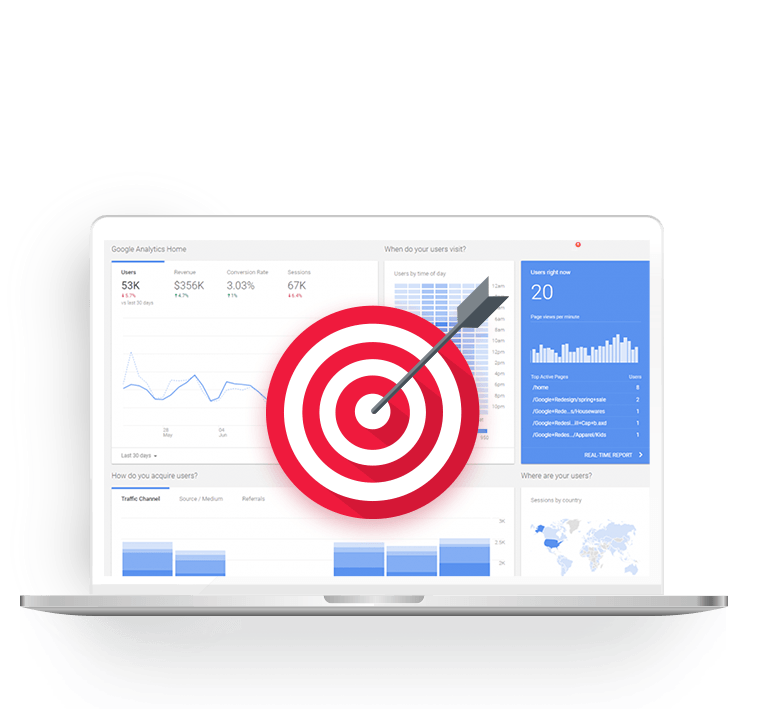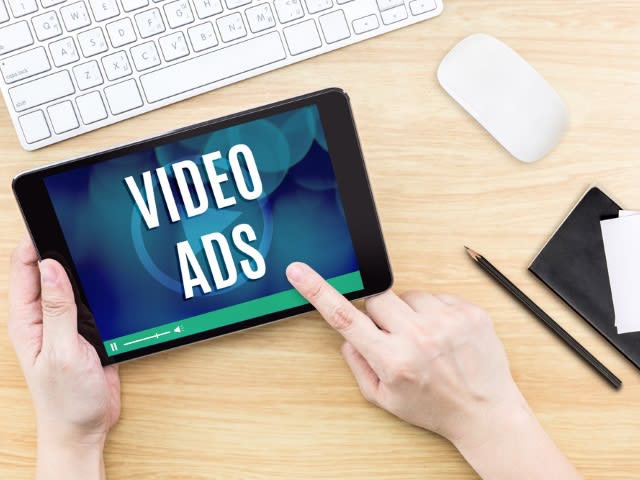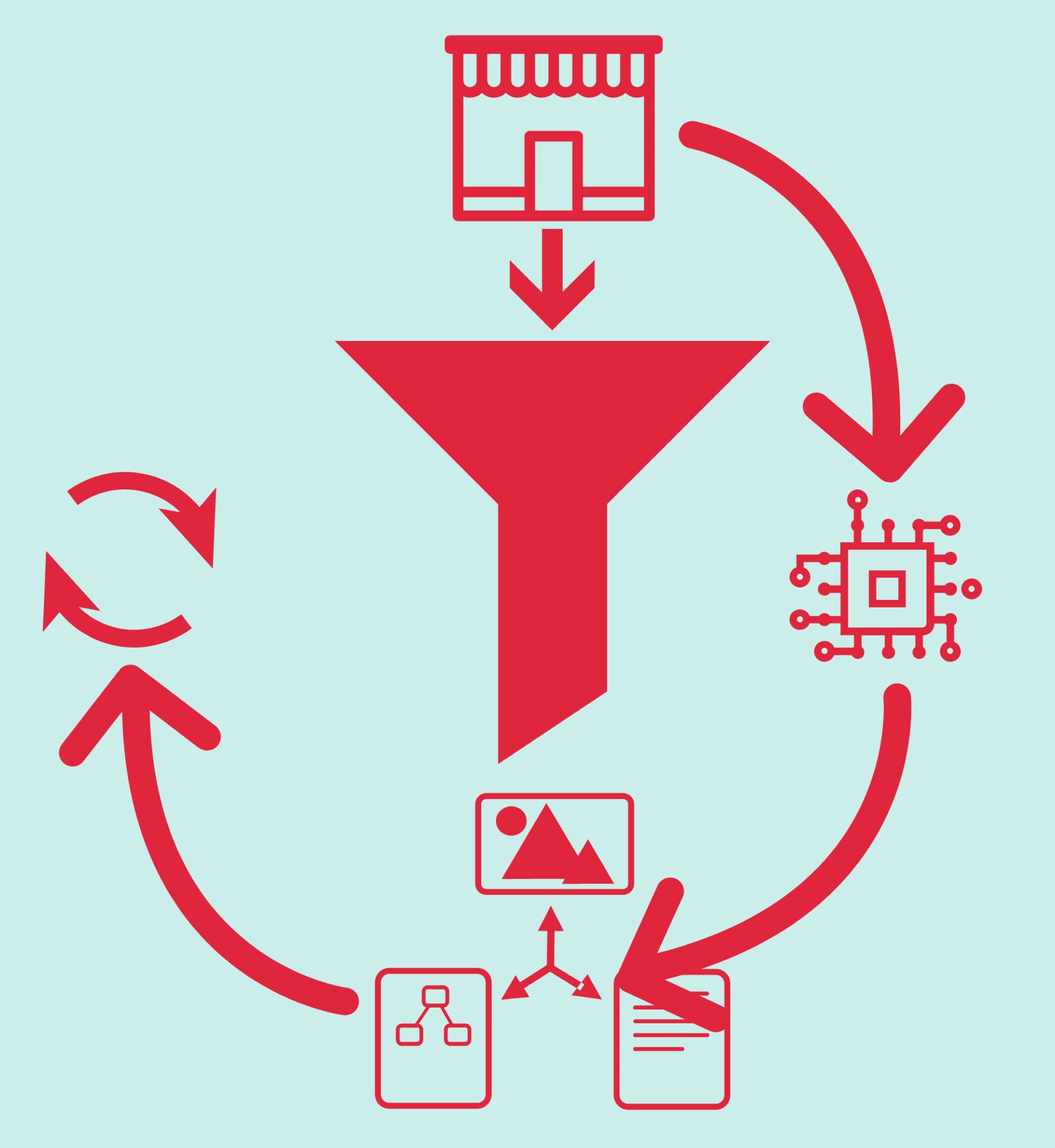Know Your 9 Types of Keywords
- By Alex Wozny
- •
- 13 May, 2021

Knowing the 9 ‘types of keywords’ prepares you to choose an appropriate mix for your activities. This blog describes categories of keywords, the types of intent and conversion volumes you can expect, as well as suggestions of where/how to use the keywords.
Short-tail Keywords are made up of 3 or less words. They have a high search volume and a high competitive rate. Audiences generally use short-tail keywords when they are in the very first step of their search (broad search intent). The broad search intent generates a low conversion rate. Use as a theme keyword that appears consistently throughout your website.
Long-tail Keywords are made up of more that 3 words. They have a low search volume and a low competitive rate. Audiences using long-tail keyword have a specific search intent that generates a high conversion rate. Long-tail phrases are good for use on targeted pages such as a product page or blog post.
Intent Targeting Keywords fall into 3 categories (informational, commercial and transactional). In each category keywords should answer questions such as “what is”, “how”, “description”, “best deal”, etc. Volumes, competition and conversion rates will vary. These keywords are great to place you in locations where you provide answers (example: FAQ) and make a brand impression.
Short-term Fresh Keywords reflect a “hyped” trend such as a popular event or movie. The term usually peaks around the time of peak interest then drops sharply. Audiences using “fresh” keywords have a specific search intent that generates a high conversion rate. Good to use for up-to-date content.
Long-term Evergreen Keywords are relevant all the time. They have a moderate search volume and a medium competitive rate. They often generate a high conversion rate. Use when crafting detailed informative content that can be updated and age well.
Customer Defining Keywords target specific buyer personas (gender, age, location, job, etc.). They usually have a low search volume and low competition. Searchers have specific search intent and a high conversion rate. These keywords address your customers directly to create a sense that your product or services are tailored to them.
Product/Service Defining Keywords explain and describe your product or service. They usually have a low search volume and low competition, depending on your industry. Searchers are usually in the early stages of their purchasing decision so they have a specific search intent and a high conversion rate. Use on your product pages to stand out from the competition and match intent.
GEO Targeted Keywords target a specific neighbourhood, city, state, region. They usually have a low search volume and low competition. Searchers have specific search intent and a high conversion rate. These keywords are great for local and delivery based businesses.
Latent Semantic Indexing (LSI) Keywords are thematic keywords closely related to your main keywords (example: orange tea, organic orange, orange nutrition, etc). They usually have a low search volume and low competition. Searchers have specific search intent and a high conversion rate. These keywords are great for ranking boosting and for core content and blog posts.
Partners and Advertising Networks

Partners and Advertising Networks

-
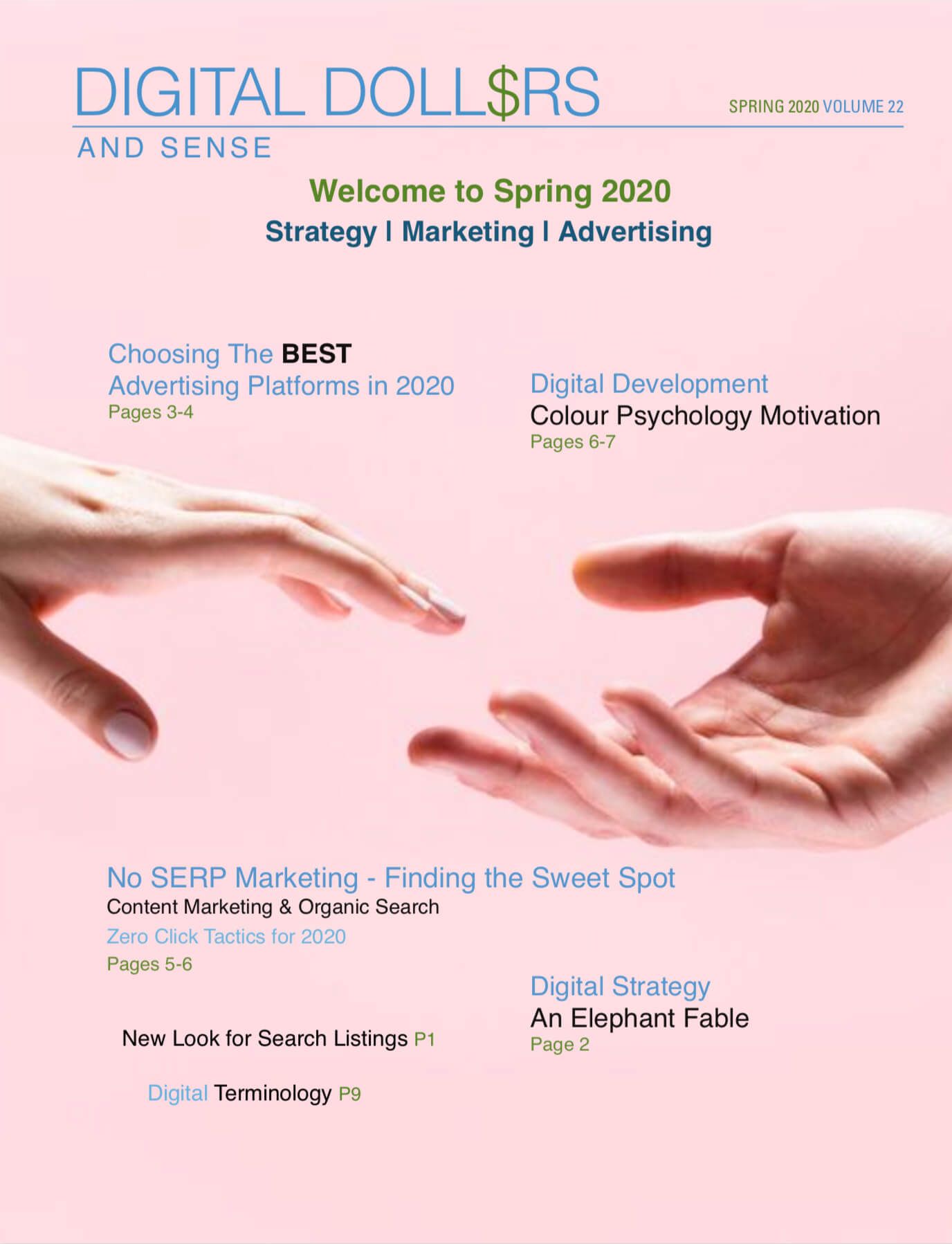
Slide title
Write your caption hereButton -

Slide Title
Write your caption here
Button -
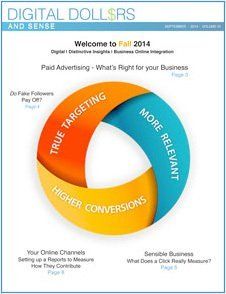
Slide Title
Write your caption here
Button -
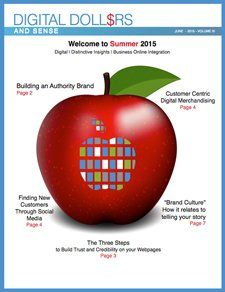
Slide Title
Write your caption here
Button -

Slide Title
Write your caption here
Button -

Slide Title
Write your caption here
Button -

Slide Title
Write your caption here
Button -
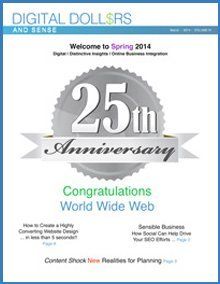
Slide Title
Write your caption here
Button -
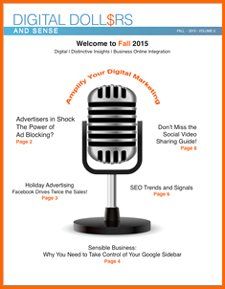
Slide Title
Write your caption here
Button -
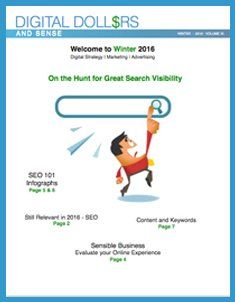
Slide Title
Write your caption here
Button -
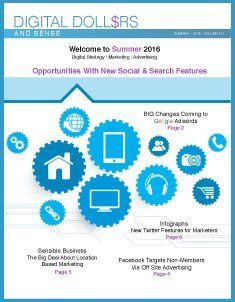
Slide Title
Write your caption here
Button -
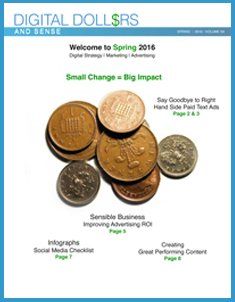
Slide Title
Write your caption here
Button -

Slide Title
Write your caption here
Button -
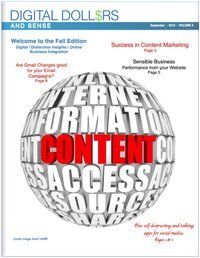
Slide Title
Write your caption here
Button
-

Slide title
Write your caption hereButton -

Slide Title
Write your caption here
Button -

Slide Title
Write your caption here
Button -

Slide Title
Write your caption here
Button -

Slide Title
Write your caption here
Button -

Slide Title
Write your caption here
Button -

Slide Title
Write your caption here
Button -

Slide Title
Write your caption here
Button -

Slide Title
Write your caption here
Button -

Slide Title
Write your caption here
Button -

Slide Title
Write your caption here
Button -

Slide Title
Write your caption here
Button -

Slide Title
Write your caption here
Button -

Slide Title
Write your caption here
Button
-

Slide title
Write your caption hereButton -

Slide Title
Write your caption here
Button -

Slide Title
Write your caption here
Button -

Slide Title
Write your caption here
Button -

Slide Title
Write your caption here
Button -

Slide Title
Write your caption here
Button -

Slide Title
Write your caption here
Button -

Slide Title
Write your caption here
Button -

Slide Title
Write your caption here
Button -

Slide Title
Write your caption here
Button -

Slide Title
Write your caption here
Button -

Slide Title
Write your caption here
Button -

Slide Title
Write your caption here
Button -

Slide Title
Write your caption here
Button






